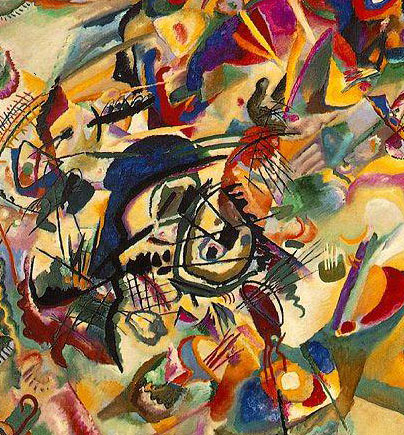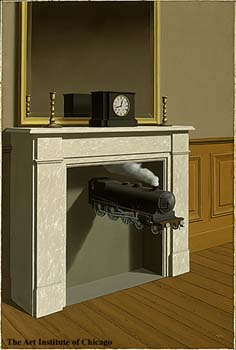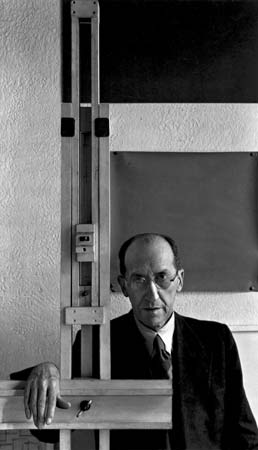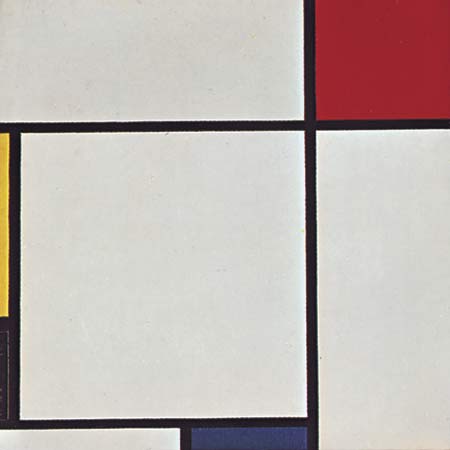
ABSTRACT ART AND SURREALISM

ABSTRACT ART AND SURREALISM
Unit Overview
In this unit you will study the methods of abstract artists and surrealists. Subject matter became unimportant in art. Who said that a picture had to be a picture of something? Why couldn’t it portray emotions and feelings instead?
I. Abstract Art and Surrealism
By the 20th century, art got rid of subject matter. No longer could a viewer see a painting and identify people or objects. In came floating shapes- some resembling creatures, others geometric blocks of color. Even Picasso and Braque included subjects in their work- it had just become harder to identify it. The leap to total abstract art removed any reference of identifiable objects.
Music was a guide for abstract artists. Many of them tried to capture musical compositions in their paintings. A Russian composer, Alexander Scriabin (1913), wrote music that was displayed with lightshows. He believed that each musical sound had its own color and could be played as light. Composers were able to sweep people off their feet without representing nature directly. Instruments do not imitate birds singing or babies laughing. Yet a concert-goer can imagine those things. If music could be abstract and emotionally charged, why not art?
Abstract Art and Surrealism PDF

Now answer questions 1-26.
II. Interpretations
Surrealism started as a literary and political movement but had a profound effect of art, photography, and film. Influenced by the work of Freud, is aimed to uncover the subconscious, using dreamlike imagery that challenged perceptions of reality.

Abstract artists, however, had stopped painting realistically. Piet Mondrian, for instance, believed that reality was behind the naturalistic world. For this reason, he abandoned forms that resembled the natural world. He refused to paint anything that looked life-like (or realistic) and representational. He developed a more simplified abstract style which he called Neo-Plasticism, a style restricted to the three primary colors, and to a grid of black vertical and horizontal lines on a white ground. He said that the naturalistic world “has veiled us from the true reality.”




 |
| Unit 17 Abstract Art and Surrealism (Fill in the Blank)Worksheet |
| Unit 17 Cornell Notes Worksheet |